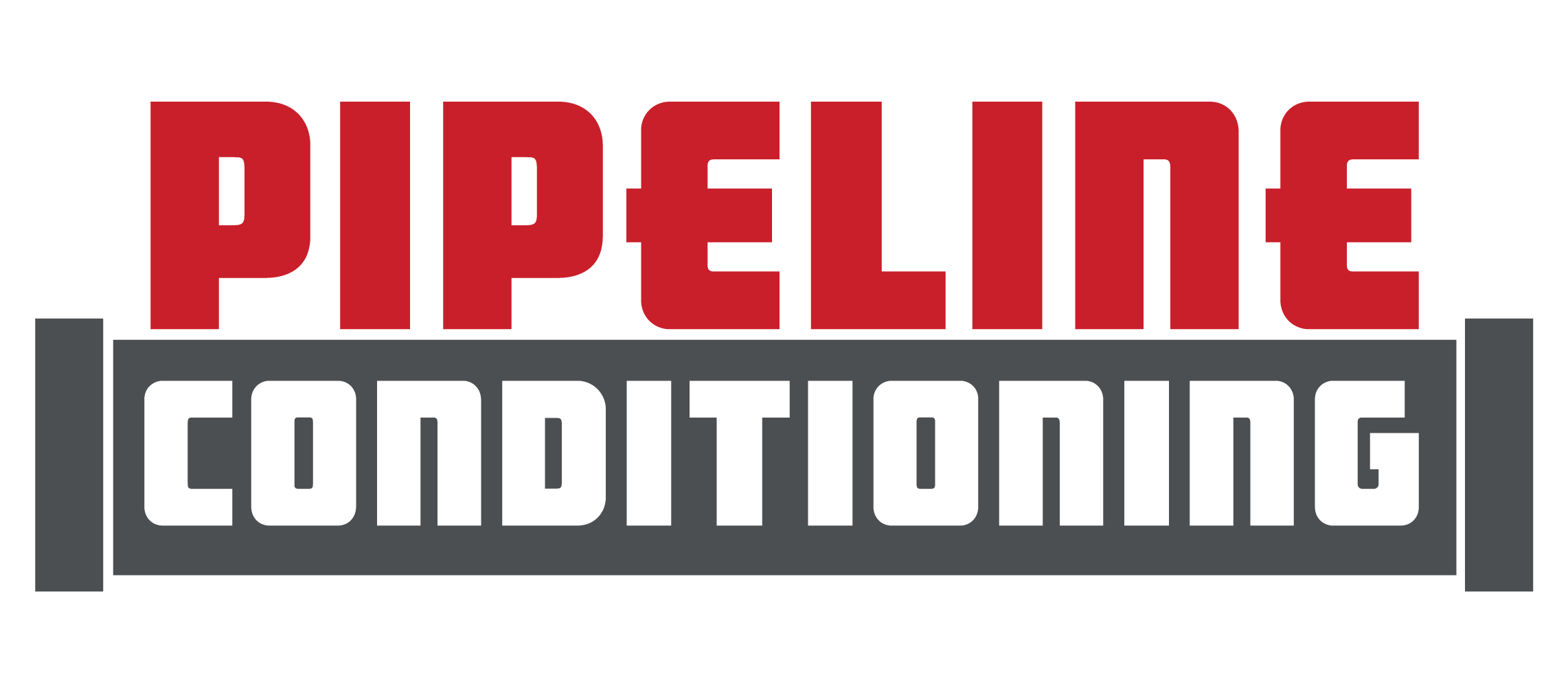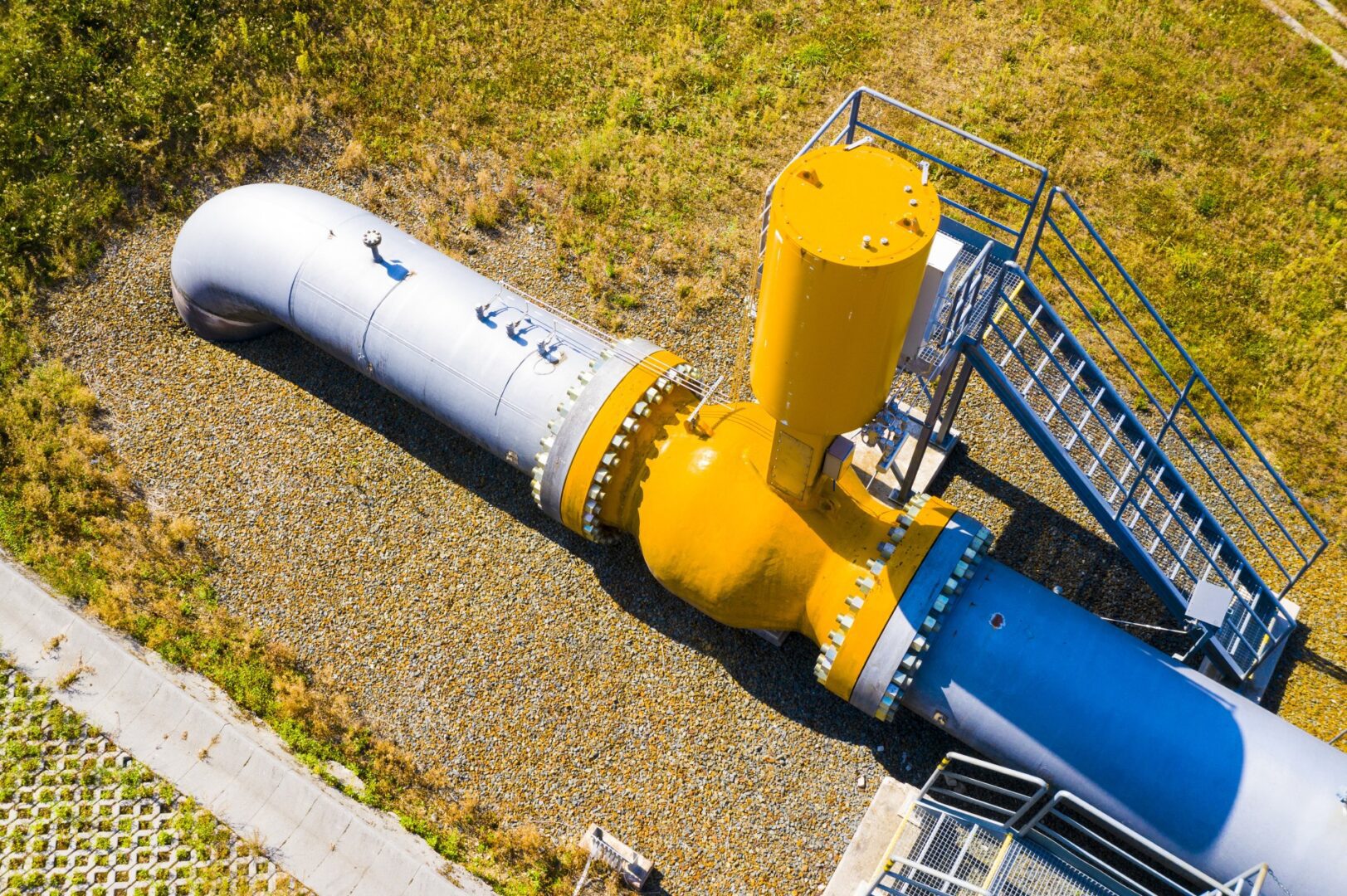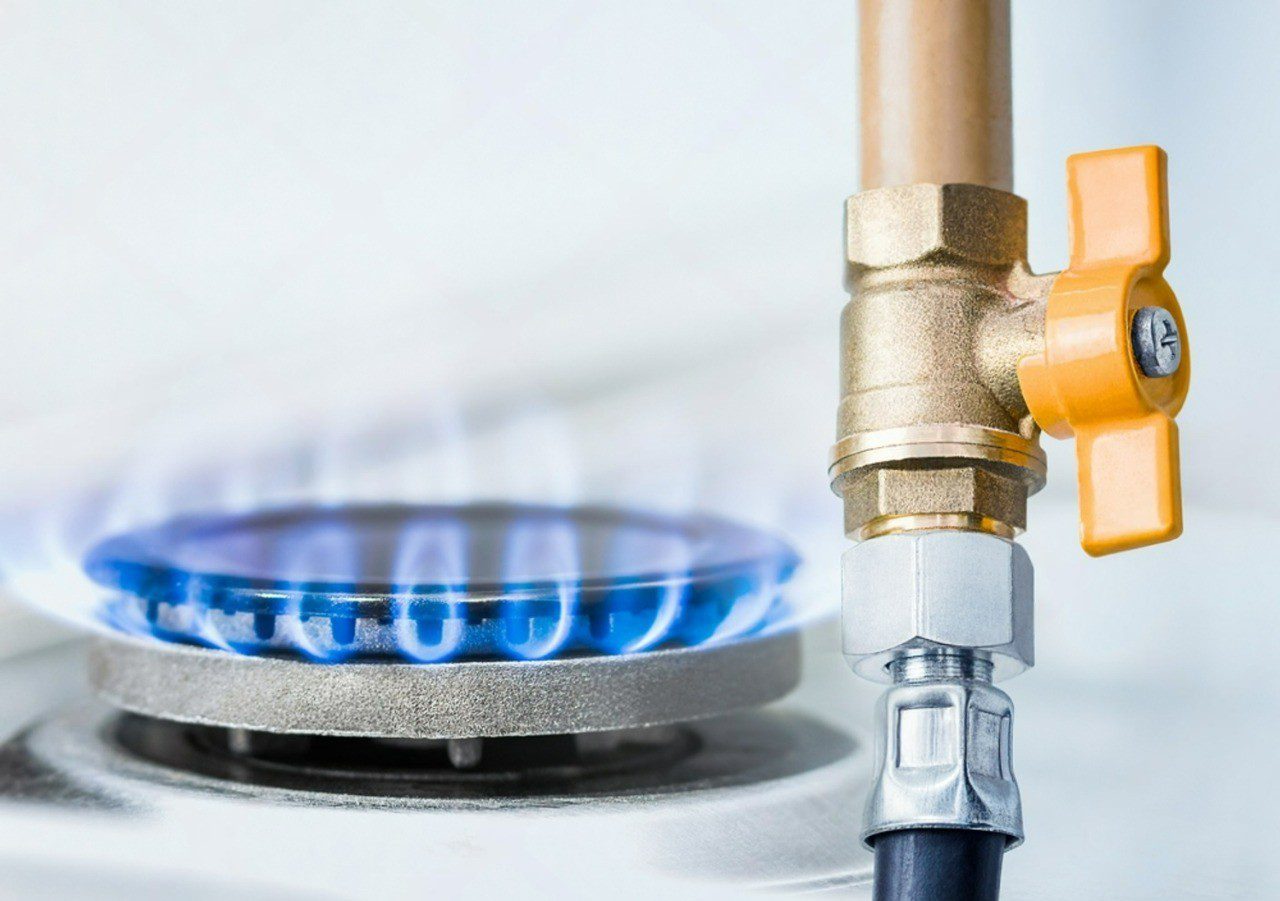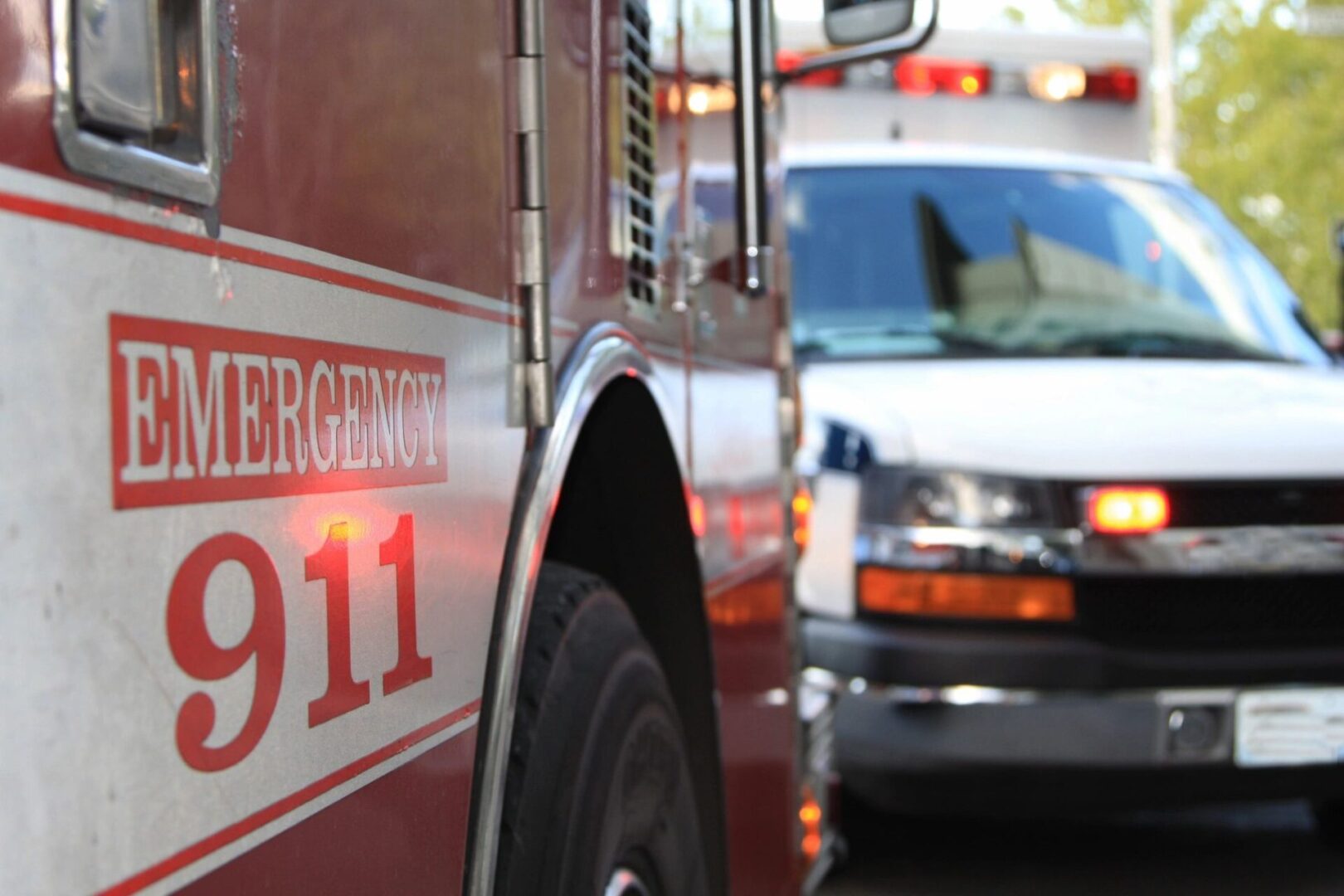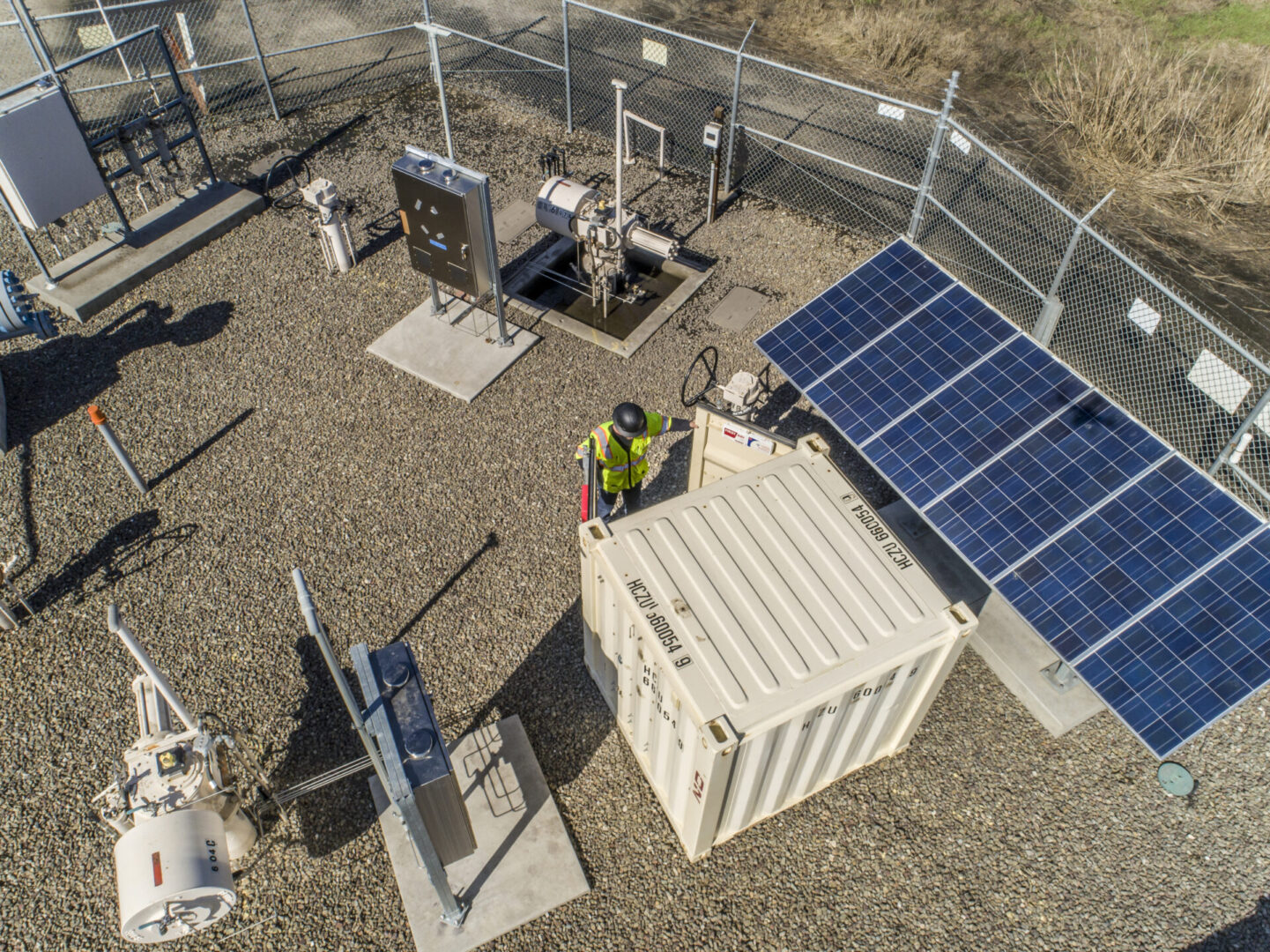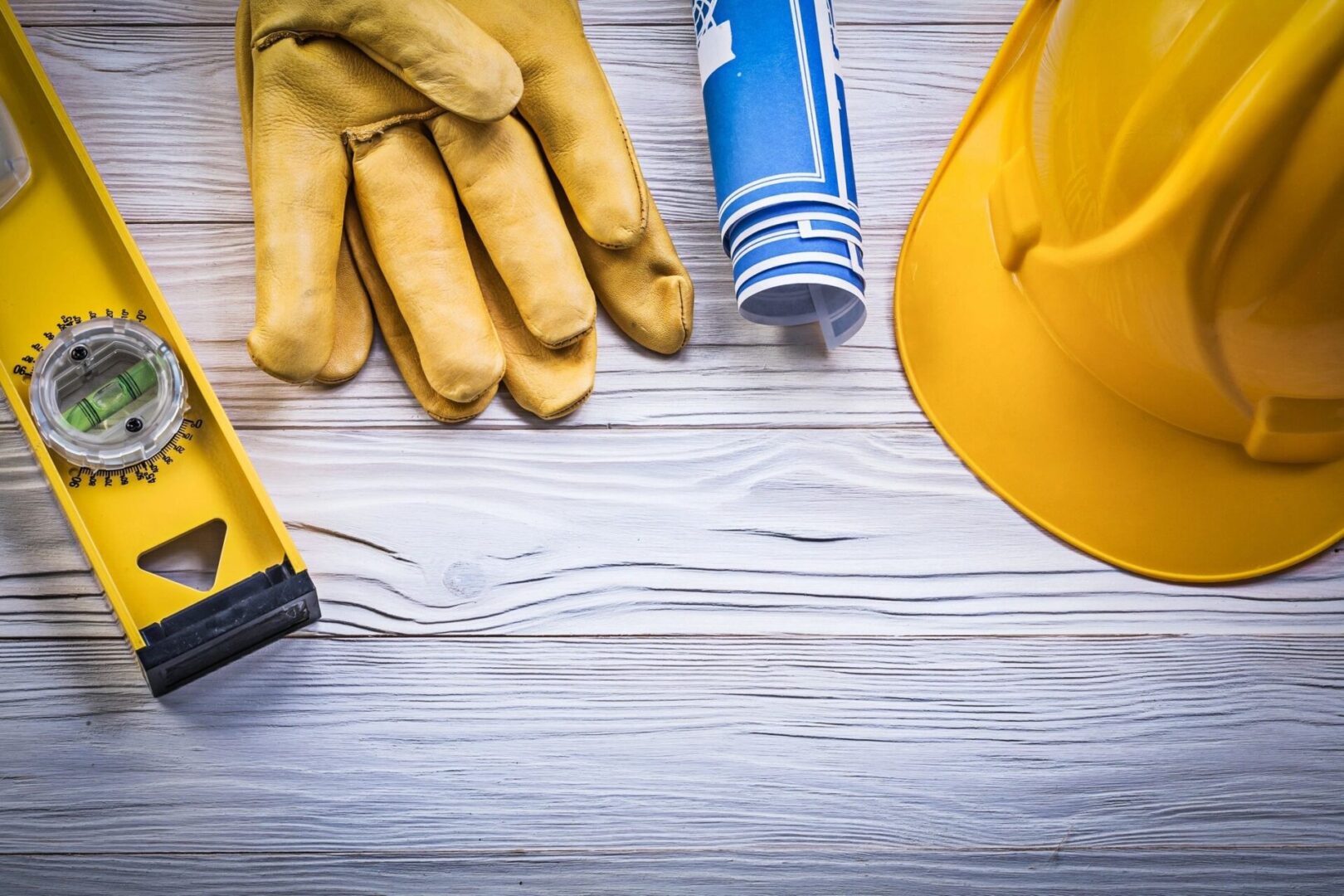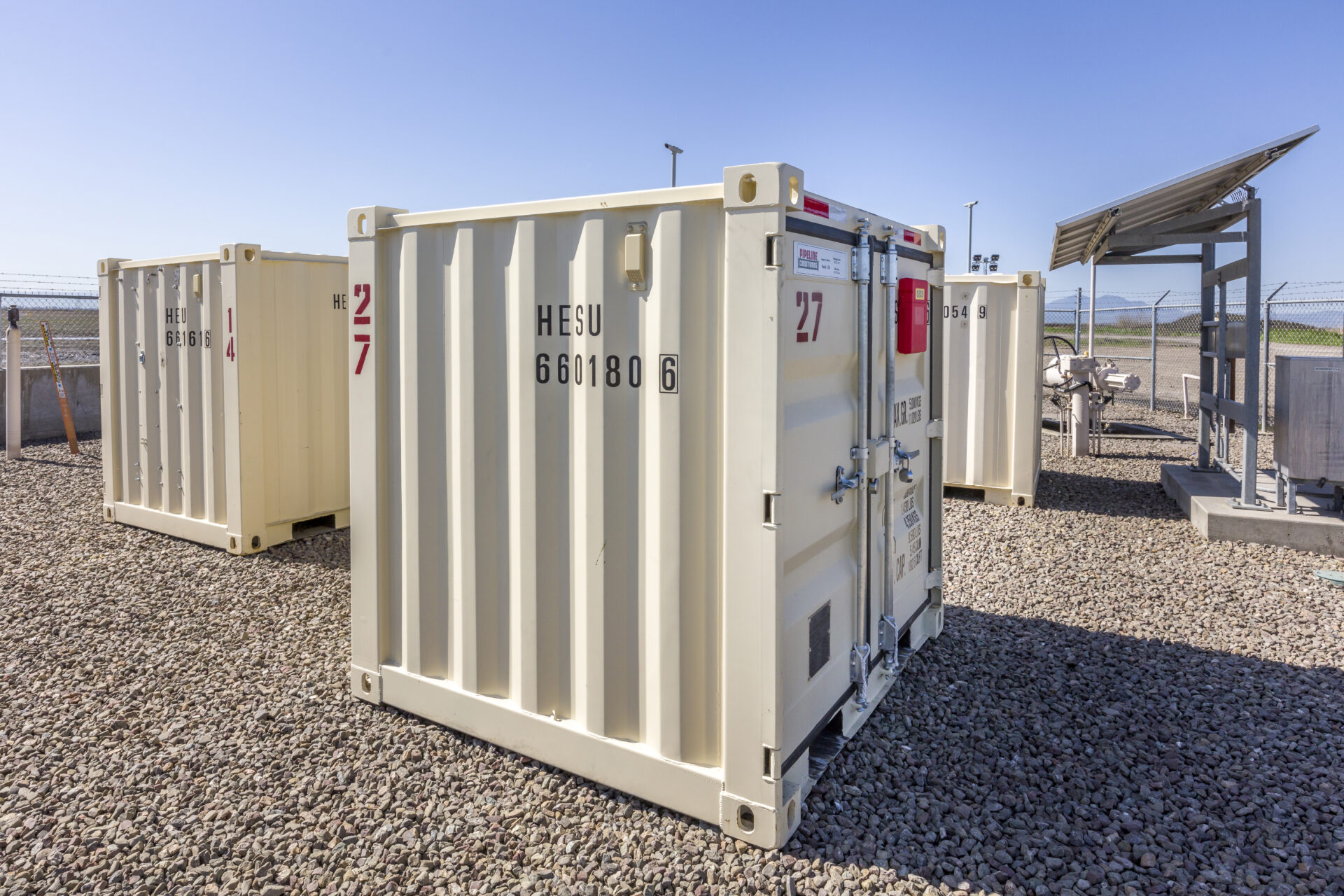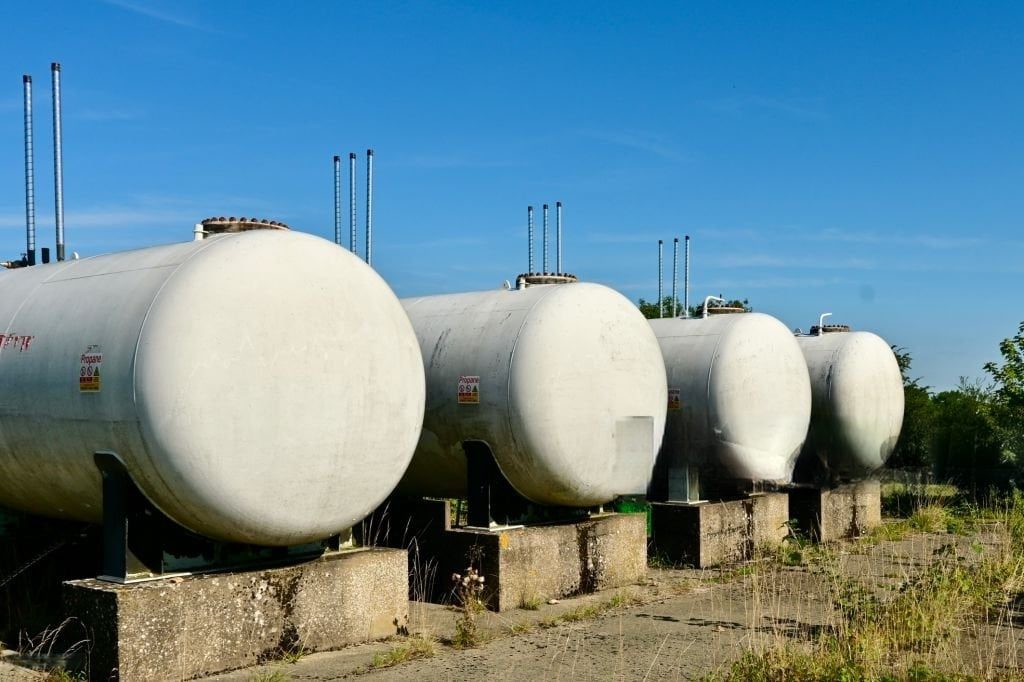
How to Safely Transport Odorant: Compliance and Risk Mitigation
Ensuring Secure and Compliant Odorant Transportation for Maximum Safety
Transporting gas odorants, like mercaptan, is a vital undertaking in the natural gas industry. It is a process that requires detailed planning, particular equipment, and strict compliance with the rules. Odorants are incredibly volatile substances and poor handling may result in enormous environmental and safety risks. The observance of their careful transport is vital to the worker’s safety, the environment, and the adherence to the rules.
Understanding the Risks
Odorants are deliberately added to natural gas to detect the leaks by the “rotten-egg” smell associated with them. Thus, the presence of the odorants causes some complications in transportation:
Volatility: high flammability of odorants means that the temperature and pressure must be closely controlled during transit.
Environmental: the risk of spills or leaks of these substances resulting in soil and water contamination, which will lead to long-term ecological damage. Even a single drop can cause major problems.
Health: Chlorine and/or hydrocarbons imply the major toxicity of odorants as even the small doses can cause irritation and headaches.
Reputational and Financial: the accidental release of these substances may cause you to pay fines, face a lawsuit, and tarnish your reputation.
Regulatory Requirements
Transportation of odorants is subjected to strict safety regulations. The main requirements are:
Hazardous Materials Regulations (HMR): The U.S. Department of Transportation (DOT) considers odorants as hazardous materials; they must be appropriately packaged, marked/labeled, and documented to meet exact specifications for transportation.
Material Safety Data Sheets (MSDS): Each shipment must be accompanied by the MSDS documents exemplifying the chemical properties, precautions in handling, and the first aid measures to be taken.
Vehicle Standards: Transportation vehicles must fulfill safety regulations, such as the installation of fire suppression systems, necessary secure storage, and acceptable ventilation.
Driver Training: Drivers must successfully accomplish training programs and be certified in the hazardous material transport regulations that stipulate the risks and response protocols.
Spill Response Plans: Carriers necessarily must have a detailed spill response plan on hand and adequate equipment to handle any incidental spills.
Best Practices for Safe Transport
In pursuit of effective and safe transportation of odorants, the operators should adopt these best practices:
Use the Correct Packaging
The first thing is to ensure that the odorants are kept in DOT-approved, leak-proof containers that are strong enough for transport. To avoid any movement, secure the containers properly.
Vehicle Safety
You should conduct the regular check-ups and inspections to ensure that the transport vehicles are meeting the safety regulations, e.g., fire suppression systems and secure storage.
Monitor Environmental Conditions
Maintain right temp and pressure levels, so that leaks or explosions are prevented. Do not expose containers to extreme weather.
Implement Spill Prevention Measures
Make sure that spill containment kits are in vehicles, and all personnel are trained in the use of these kits. Conduct checks regularly to ensure that all containers are secure and leak-free.
Communicate with Stakeholders
In a situation where you have to notify the relevant parties about the schedule, route, and emergency contacts, it is better to do that before the transport to ensure a coordinated response in the event of any incidents.
Follow the Approved Routes
Keep to the designated routes for the transport of hazardous materials to minimize risk in populated or environmentally sensitive areas.
Engage Professional Carriers
Bring together certified hazardous materials transport companies that specialize in the transport of odorants and can boast an excellent record of safety.
Risk Reduction
Proactive risk management is very important in the transport of odorants. Here are some measures that can be taken:
Emergency Response Training: Train drivers the spill response, fire suppression, and first aid; so that the driver will be able to address those matters quickly.
Regular Equipment Maintenance: Have a routine check on the hoses, containers, and safety systems to avoid wear and tear.
Technological Innovation: Integrate GIS tracking and real-time monitoring to manage the shipments as well as detect any potential issues on time.
Auditing and Reviewing: Periodical audits of your transport operations may uncover areas of improvement and ensure compliance is exercised.
Final Thoughts
If you have any questions or need assistance with odorant transportation, compliance, or safety measures, don’t hesitate to give us a call. Our team at Pipeline Conditioning is always happy to help, offering expert guidance and tailored solutions to meet your needs. Whether you’re looking for advice or ready to partner with a trusted provider, we’re here to ensure your operations run smoothly and safely. Reach out today—we’re just a phone call away!
Myths and Truths About Odorization
Odorization is one of the most important safeguards in the natural gas industry, but it is also one of the most misunderstood. We hear the…
From Pipeline to Stove: The Journey of Safe Gas
Every October, Natural Gas Week gives us a chance to step back and appreciate one of the most important energy sources in our daily lives.…
The Real Cost of False Leak Calls
When it comes to odorization, one of the most common mistakes we see is over-odorization. Some contractors think adding a little extra odorant “just to…
The Benefits of Partnering with a Specialized Odorization Service Provider
Expert Solutions for Safety, Compliance, and Operational Efficiency When trying to ensure the safety of natural gas pipelines, odorization is the topmost priority. The addition…
Job Safety Best Practices: Staying Safe in Extreme Heat
As temperatures climb, so does the risk of heat-related illness on pipeline projects. Whether you’re operating a valve trailer in West Texas or overseeing a…
The Importance of Pipeline Pickling for Residential Buildings: Keeping Urban Living Safe
Protecting High-Rise Residents with Proper Pipeline Conditioning and Odorization From the luxury apartments of Manhattan to the sleek towers of Los Angeles and Chicago, high-rise…
Steel vs. PE Pipes: Evaluating Costs and Material Selection for Natural Gas Pipelines
Selecting the appropriate material for natural gas pipelines is a critical decision that impacts both initial investment and long-term operational efficiency. Steel and polyethylene (PE)…
From Frustration to Foundation: How One Engineer’s Mission Became Pipeline Conditioning
From Frustration to Foundation: How One Engineer’s Mission Became Pipeline Conditioning In an industry where too many things are done out of habit, Pipeline Conditioning…
Temporary Odorization and Why Doing It Yourself Might Just Be Costly
The Hidden Costs of DIY Odorization: Why Expert Solutions Save Time, Money, and Risk Quick problem-solving is everything in the natural gas world, especially when…
Decommissioning an Odorization Station: Best Practices for a Smooth Transition
Ensuring Safety and Efficiency When Retiring Critical Infrastructure Odorization stations play a crucial role in the safety of natural gas by adding an odorant that…
